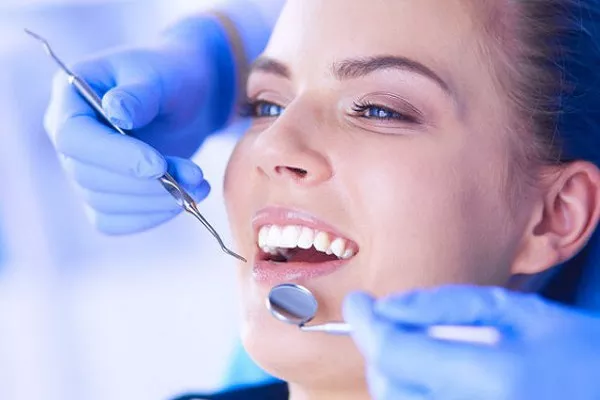Undergoing orthodontic treatment with braces is a journey toward achieving a beautifully aligned smile. In some cases, individuals requiring orthodontic work might also need bone grafting to ensure a stable foundation for the braces. This combination of treatments raises questions about the duration of wearing braces following bone grafting. In this article, we delve into the process of bone grafting and wearing braces, discussing the timeline and factors that influence the duration of orthodontic treatment.
Understanding Bone Grafting and Braces
Bone Grafting: Bone grafting is a surgical procedure that involves adding bone or a bone substitute to an area with insufficient bone structure. This procedure is commonly performed to enhance the stability of teeth or dental implants. In the context of braces, bone grafting might be necessary when there’s inadequate bone support to accommodate tooth movement.
Braces: Orthodontic braces are used to correct misaligned teeth, bite issues, and other dental irregularities. Brackets are attached to the teeth, and wires are threaded through them to apply controlled pressure, gradually shifting the teeth into their desired positions.
The Role of Bone Grafting in Orthodontics
Bone grafting plays a significant role in ensuring the success of orthodontic treatment, particularly when tooth movement requires a stable foundation. Some reasons bone grafting might be necessary include:
Insufficient Bone Density: When there’s inadequate bone density in the area where teeth need to be moved, bone grafting can provide the necessary support.
Implant Placement: If dental implants are part of the orthodontic treatment plan, bone grafting can enhance the bone structure to facilitate successful implant integration.
The Timeline: Bone Grafting to Braces
The timeline for wearing braces after bone grafting varies depending on several factors, including the extent of bone grafting, individual healing rates, and the complexity of orthodontic treatment. Here’s a general overview of the process:
1. Bone Grafting Procedure: The bone grafting procedure is typically performed before braces are applied. The healing period for the graft to integrate with the existing bone can range from several weeks to a few months. Your dentist or oral surgeon will monitor the healing progress.
2. Consultation with an Orthodontist: After the bone graft has healed sufficiently, you’ll have a consultation with an orthodontist to discuss the orthodontic treatment plan. The orthodontist will assess your oral condition, tooth alignment, and bite issues to determine the appropriate approach.
3. Braces Application: Once the orthodontic treatment plan is established, braces can be applied. The timing can vary, but it’s often within a few weeks to a couple of months after the bone grafting procedure.
4. Duration of Orthodontic Treatment: The length of time you’ll wear braces varies widely based on factors such as the complexity of your case, the type of braces used, and how well you adhere to the orthodontist’s instructions. Orthodontic treatment can last anywhere from several months to a few years.
Factors Affecting Treatment Duration
Severity of Misalignment: The degree of misalignment or bite issues you have can influence how long you’ll need to wear braces.
Type of Braces: Different types of braces, such as traditional metal braces, ceramic braces, or clear aligners, might have varying treatment durations.
Patient Compliance: Following your orthodontist’s instructions regarding wearing elastics, attending appointments, and maintaining oral hygiene can significantly impact treatment duration.
Age: Orthodontic treatment can progress more quickly in younger patients, as their bones are still growing and more responsive to adjustments.
Conclusion
The timeline for wearing braces after bone grafting varies based on factors such as the extent of bone grafting, individual healing rates, and the complexity of your orthodontic case. Bone grafting plays a crucial role in providing a stable foundation for successful orthodontic treatment. After the bone graft has healed, braces can be applied, and the duration of orthodontic treatment will depend on the severity of misalignment, type of braces, patient compliance, and other factors. Collaborating closely with your oral surgeon, orthodontist, and dental team ensures a well-coordinated treatment plan that leads to a beautifully aligned smile with a solid foundation.
Related Topics:





























